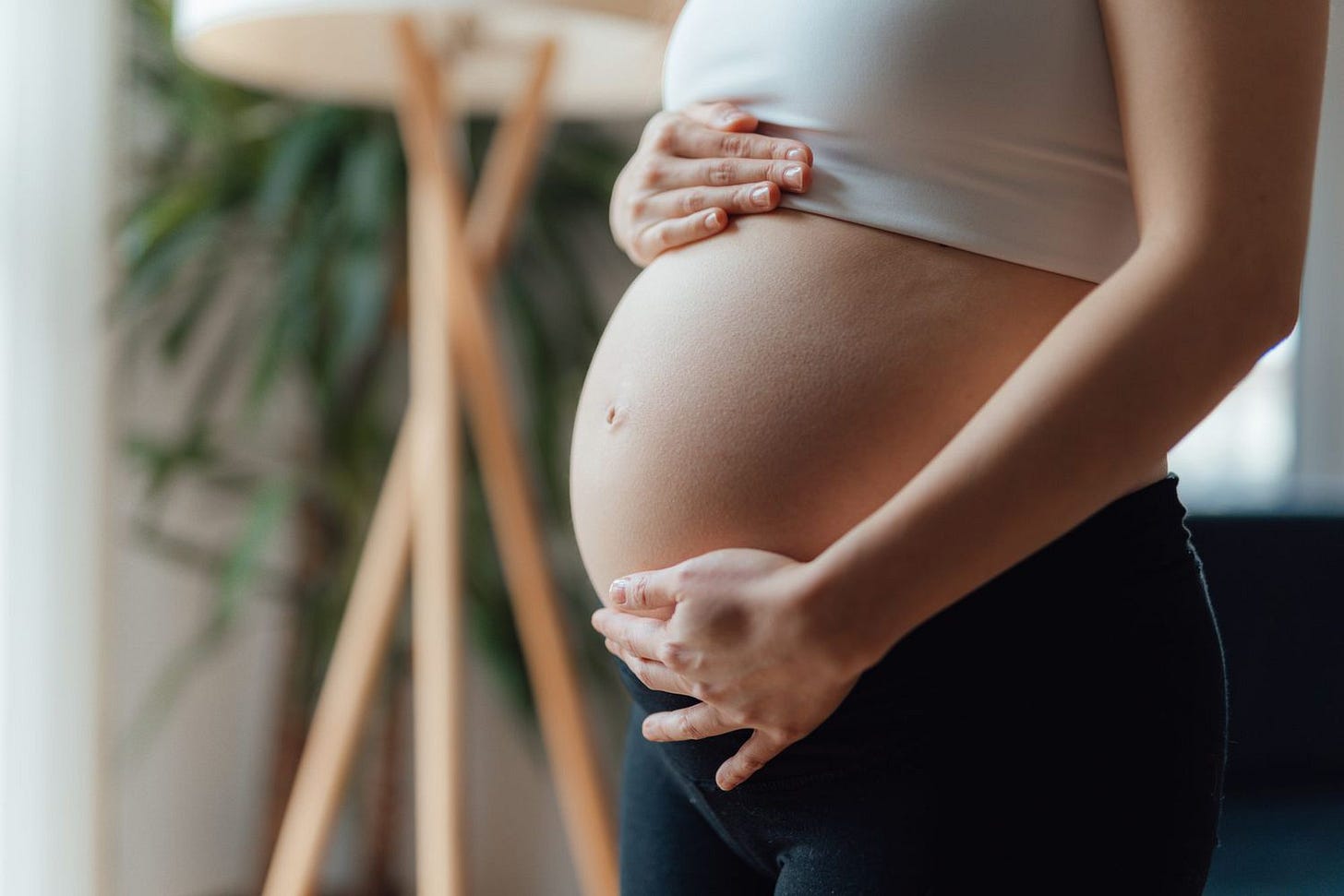Maternal mortality rates in the U.S. appear to be significantly a function of women's choices
Dealing with some hard truths
The federal government’s latest maternal mortality figures for the U.S. were announced this week, and they are, by any reasonable metric, not good:
Maternal deaths surged to the highest rate in nearly 60 years, data showed, exacerbating a yearslong trend that has made the U.S. the most dangerous place among high-income countries to give birth.
The number of women who died during pregnancy or shortly after rose 40% to 1,205 in 2021, compared with 861 in 2020 and 754 in 2019, the National Center for Health Statistics said Thursday. The increase pushed the maternal-mortality rate to 33 deaths per 100,000 live births, the highest since 1965, compared with 24 in 2020 and 20 in 2019.
It’s grim stuff. But I think most people look at these numbers and see something entirely different than what they actually represent. When people think “maternal death,” I think most of them picture something along the lines of women dying in childbirth, like a scene from an 18th century birthing room, something viscerally and directly related to pregnancy itself. This perception would also implicate the U.S. healthcare system for failing to properly treat the women who suffer these terrible injuries during pregnancy and childbirth.
But it’s really not quite so simple. Here’s what the Journal reports:
Cardiovascular conditions such as pulmonary embolisms, uncontrolled bleeding and problems stemming from hypertension are the leading causes of pregnancy-related deaths in the U.S., according to the Centers for Disease Control and Prevention.
It’s actually more striking than that. CDC data list “cardiomyopathy,” “thrombotic pulmonary or other embolism,” “cerebrovascular accidents” (strokes), “hypertensive disorders of pregnancy” and “other cardiovascular conditions” as linked to about 51% of all “pregnancy-related deaths” in the United States. That’s more than half. The major factor that all of these conditions have in common is that obesity is a significant predictor of them. If a pregnant woman is obese, she is at considerably higher risk for these disorders than one who is not. And as much as one-third of all women of childbearing age in the U.S. are obese, according to CDC data; elsewhere the CDC has claimed that, in a recent survey year, “slightly more than one-half of women who gave birth in the United States were overweight or had obesity before becoming pregnant.”
This is not an easy thing to write, but the conclusion is rather inescapable: A considerable portion of U.S. maternal mortality is due to the choices that women are making, e.g, the choice to be obese. I understand that it’s not fashionable to speak of obesity this way anymore; it’s increasingly considered to be a “disease” from which the impetus of choice has been largely removed. Meanwhile it is considered by many as the height of hatred and evil to ever speak negatively about any choice a woman makes, about anything, ever. But the simple hard uncomfortable fact is that a lot of these maternal deaths are because women, including pregnant women, are eating poorly and not getting enough exercise, leading to obesity and its attendant, easily predictable negative health effects.
Of course, men are eating poorly and becoming obese, too. It’s not just women doing this. But only women can get pregnant, and so any maternal mortality rates that can be ascribed to obesity—huge numbers of them, apparently—must be linked to women’s choices specifically. I suspect that is a large part of why people don’t really want to address this problem head-on: It really is severely frowned upon in popular culture to criticize a woman’s choices about anything. If a pregnant woman is engaging in completely unhealthy habits that put both her life and the life of her child at risk, you’re not supposed to say anything bad about it, or even acknowledge it. You’re just supposed to let them keep dying, I guess.
But it is what it is. It’s a hard and brutal truth and it can’t really be denied. The truth is enough women of childbearing age start eating healthier and getting more exercise, the maternal mortality rate in the United States would almost certainly plummet. It would not go away completely; many of these deaths are surely attributable to factors beyond the mother’s control or prediction. And even a portion of the deaths attributed to conditions linked to obesity are almost certainly occurring in women who are not obese.
But the broader link is too obvious to deny. Let’s not act scandalized by these figures while at the same time resolving to not be honest about the problem at hand.



